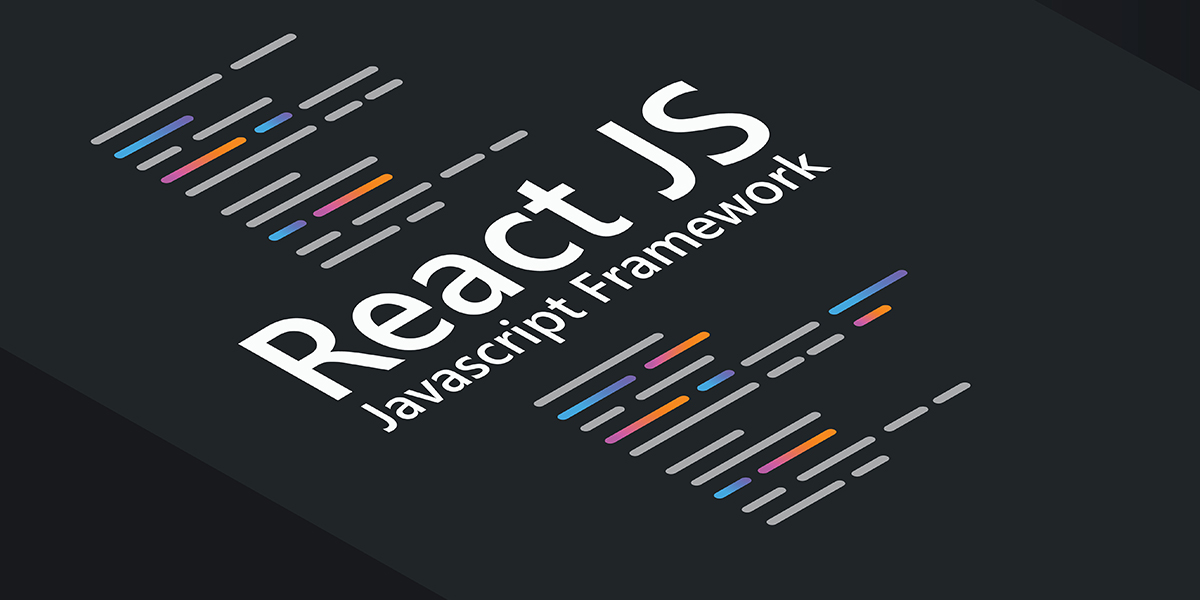Facebook has introduced two new web and mobile development technologies, ReactJS and React Native. Jordan Walke, a software engineer at Facebook, started the project in 2011. He decided to create a library that would allow him to build a web interface with JavaScript to simplify the development process and provide a more comfortable user experience.
In this article, we’ll discuss why React was created as well as the benefits and drawbacks of using React technologies.
ReactJS vs React Native – Overview
Let’s take a glance at both technologies before we get into the specifics of ReactJS vs React Native.
What Is ReactJS?
ReactJS is a JavaScript library created specifically for developing the view layer of web and mobile apps. It makes use of reusable components to build a more robust structure for its applications. The library was made public by Facebook in 2011. Its popularity has skyrocketed since then.
What Is React Native?
Facebook created React Native as an open-source framework to meet the company’s growing mobile needs. React Native is a fantastic tool for building native mobile applications with reusable components.
React Native is based on ReactJS, except for the library components. But besides their similarities at their core, there is a significant difference between ReactJS and React Native. However, both tools are market leaders in their respective fields.
Advantages Of ReactJS
1. Simple To Learn And Use: ReactJS is much simpler, you can hire ReactJS developer with a JavaScript background who can quickly grasp React and build web apps.
2. Developing Dynamic Web Applications Has Become Easier: It was challenging to create a dynamic web application specifically with HTML, which required complex coding, but React JS solved that problem and made it more accessible. It requires less coding while providing more functionality.
3. Reusable Components: A ReactJS web application comprises multiple components, each with its logic and controls. These components can be reused wherever they are required. The reusable code makes it easier to develop and maintain your apps.
4. Performance Improvement: Because of the virtual DOM, ReactJS improves performance. The React Virtual DOM is a representation of the web browser’s DOM that exists entirely in memory. Therefore, the virtual components will react and turn into the DOM, resulting in smoother and faster performance.
5. Supports Handy Tools: ReactJS supports a valuable set of tools that make developers’ jobs more accessible and understandable.
6. SEO-friendly: Traditional JavaScript frameworks have a problem with SEO. ReactJS solves this problem, allowing developers to be easily found on search engines. In addition, ReactJS applications can run on the server, and the virtual DOM will render and return to the browser as a regular web page.
Disadvantages Of ReactJS
1. Rapid Development: Frameworks are constantly changing. The developers are hesitant to re-learn new ways of doing things regularly. It may be difficult for them to adopt all of these changes with all of the constant updates.
2. Poor Documentation: React technologies are accelerating rapidly, and there is no time to create proper documentation. To address this, developers write their instructions on evolving new releases and tools in their current projects.
3. View Part: ReactJS only covers the app’s UI Layers and nothing else. As a result, you will still need to select some other technologies to have complete tooling set for development in the project.
4. JSX as a stumbling block: ReactJS makes use of JSX. It’s a syntax extension that allows HTML and JavaScript to coexist. This approach has advantages, but some members of the development community see JSX as a barrier, particularly for hire React Native developers. In addition, developers complain about the learning curve’s complexity.
Advantages Of React Native
1. Cross-Platform Usage: It allows you to “learn once, write everywhere.” It is compatible with both Android and iOS devices.
2. Class Performance: React Native code is compiled into native code, allowing it to run on both operating systems and perform the same functions.
3. JavaScript: JavaScript is used to create native mobile apps.
4. Large Community Of Developers: The large ReactJS and React Native communities help us find any answer we need.
5. Hot Reloading: During development, making a few changes to your app’s code will be immediately visible. If the business logic is changed, the screen’s reflection is reloaded in real-time.
6. Improving Over Time: Some iOS and Android features are still not supported, and the community is constantly inventing new ones.
Disadvantages Of React Native
1. New And Immature: React Native is a newcomer to the Android and iOS programming languages and is still in the early stages of React Native app development, which can harm the apps.
2. Challenging To Learn: React Native is not easy to learn, especially for a beginner in the app development field.
3. Lacks Security Robustness: Because React Native is a JavaScript library and open-source framework, it lacks security robustness. As a result, experts advise against using React Native when developing banking and financial apps where data is highly confidential.
4. It Takes More Time To Initialize: Even for high-tech devices, React Native takes a long time to initialize the runtime.
5. Existence Is Uncertain: As Facebook develops this framework, its presence is uncertain because it retains complete control over the project and can terminate it at any time. It is unlikely to happen as the popularity of React Native grows.
ReactJS vs React Native: Conclusion
One must realize that both ReactJS and React Native are essential focal points for web and app development. Furthermore, due to their adaptability, both platforms are gaining traction with each passing day.
Every technology has advantages and disadvantages. For example, React Native is ideal for giving mobile apps a native feel. When we look at ReactJS, we can see that it can create apps with computations and high functionality.
It is also recommended that businesses conduct extensive research and map the benefits and drawbacks of the framework they intend to use in the future. Then, they can set their priorities accordingly once they know what to expect from the framework.
Aside from this, look for React Native app development services that would be happy to take care of the entire app development process for you.




